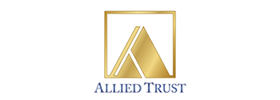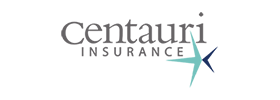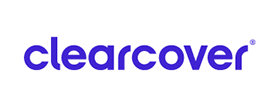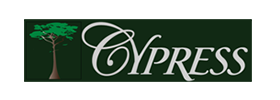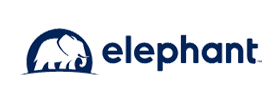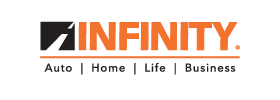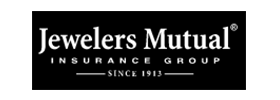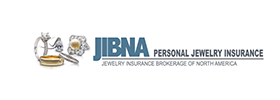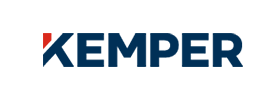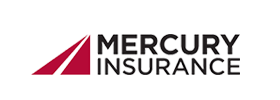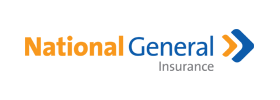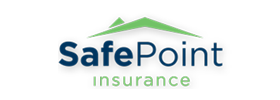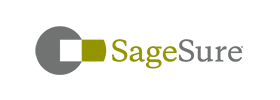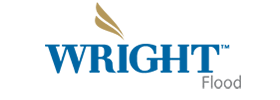How does a myth start? It begins with a truth that gets distorted as information passes from one person to another. Unfortunately, like most topics, commercial insurance isn’t an exception when it comes to false information. Myths crowd the judgment of business owners, leading to purchasing coverage based on wrong facts. The results? Misinformation is likely to lead to inadequate coverage or no coverage at all.
The good news is that if you are in Cypress, TX, and its environs, InsureUS is here to set the record straight to help you cut through the noise. Behold the facts to common myths about commercial insurance.
Myth #1: Home insurance covers home-based businesses
Home insurance just covers the aspects of your home. And even if it covers your home-based business, it’s only to a small extent. That said, you need business insurance to protect your home-based business from risks like liability claims, cyberattacks, and other perils.
Myth #2: Your small business doesn’t need commercial insurance
If you hear anyone tell you that your small business doesn’t need commercial insurance, run in the opposite direction. Regardless of the size of your business, it would help if you had commercial insurance since risks can strike any business, whether small or large.
In fact, small businesses need commercial insurance more since they are hard-pressed for resources. One minor catastrophe may wipe out your small business within minutes. And since you have limited finances to bounce back, getting off the ground may border the impossible.
Myth #3: General liability covers all risks
While general liability is pivotal for your business, it doesn’t cover your business against all risks. General liability covers your business against third-party claims arising from bodily injury, property injury, and advertising injury you cause. That said, you need other commercial insurance coverages to cover the other facets of your business.
Myth #4: Commercial insurance covers flood damage
Typical commercial insurance covers many aspects, but flood damage isn’t one of them. As such, if your business is located in a flood-prone area, you need a separate flood insurance policy.
Still have more commercial insurance myths that need debunking? An insurance agent can help you get the facts right. If you are in Cypress, TX, partner with InsureUs to help you get it right with commercial insurance from the word go.



